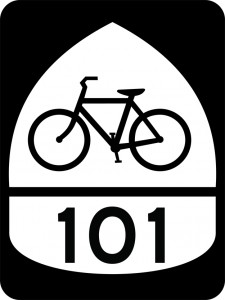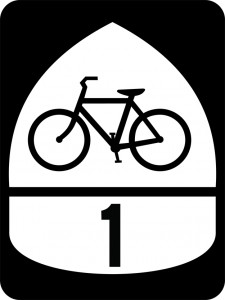The name “Purple Line” was born back to a day when a legitimate discussion was ongoing between an outer heavy rail line, and the inner light rail line. More specifically, it was born when the Bethesda-Silver Spring light rail line was a separate project from the Silver Spring-New Carrollton Purple Line altogether. But they were merged sometime back under Gov. Glendenning (Wikipedia says it was under Erlich, but that contradicts my memories), and suddenly everyone stopped paying attention to the PG County side. Governor Erlich had the decent sense to not oversell the mid-tier transit line, but managed to make the name situation worse. His DOT’s name, the Bi-County “Transitway,” is an unadulterated sample of bureaucraspeak, managing to say absolutely nothing about anything, while also sounding incredibly unexciting. Bi-County? Which counties? Washington and Allegheny? Marin and Cook? Transitway? There’s no meaningful thing that the term “transitway” promises, although it does sound a bit like a moving walkway or even a slidewalk. I hear that when you visit the mausoleum of Kim Il-Sung, they have one of those things.
But calling it the Purple line unfairly associates it with heavy rail lines that operate in a very different way. Mixing the modes damages the legibility of Metro’s human-interface concept, embodied in its map. More importantly, it disassociates the particualr line from its value as part of a larger network of streetcars. When extensions are made elsewhere and it is connected to the Georgia Avenue Streetcar, it will be possible to run trains from Bolling AFB to Bethesda. Rather than hype up one particular service, instead reminding potential riders of the total extent of the system will likely increase ridership.
Frankly, I think any distinctive branding should simply disappear into the area’s future streetcar network. David Alpert had it right in his metro scheme, simply drawing all overground rapid transit purple. But if named it must be, then let’s go with this spiffy dollop of NIMBY fears, presented in the style of Jim Graham:
That Bastard O’Malley/Erlich/Glendenning’s Inflationary-Federal-Fiat-Currency-Funded-Puce-Hued- Two-County-Not-Underground-New-Carrollton-Silver-Spring-Chevy-Chase-Bethesda-Oh-God-Won’t-Someone-Think-of-the-Trees/It’s-a-Combine-Harvester-for-Toddlers-All-Singing-All-Dancing-Thug-Travelator.
Anyone have a better idea? I, for one, can’t wait for the epic battles between the Sharks and the Jetsons.

